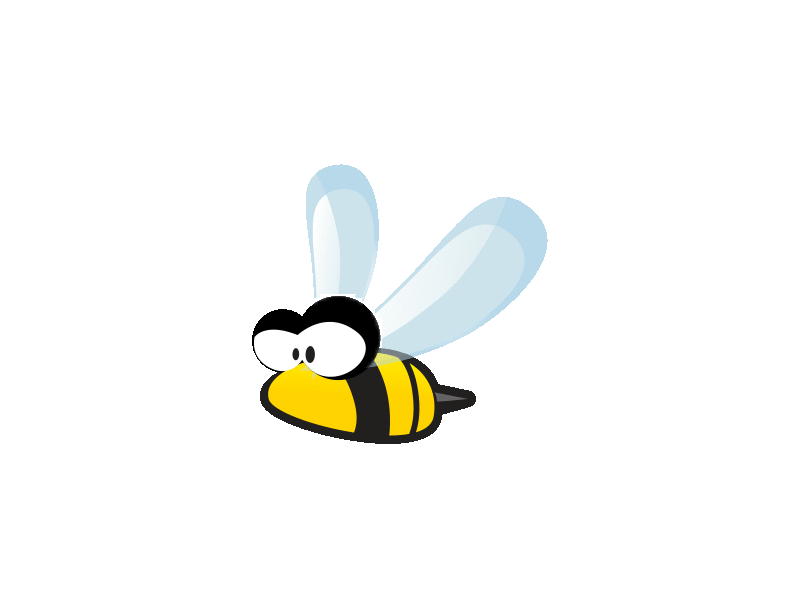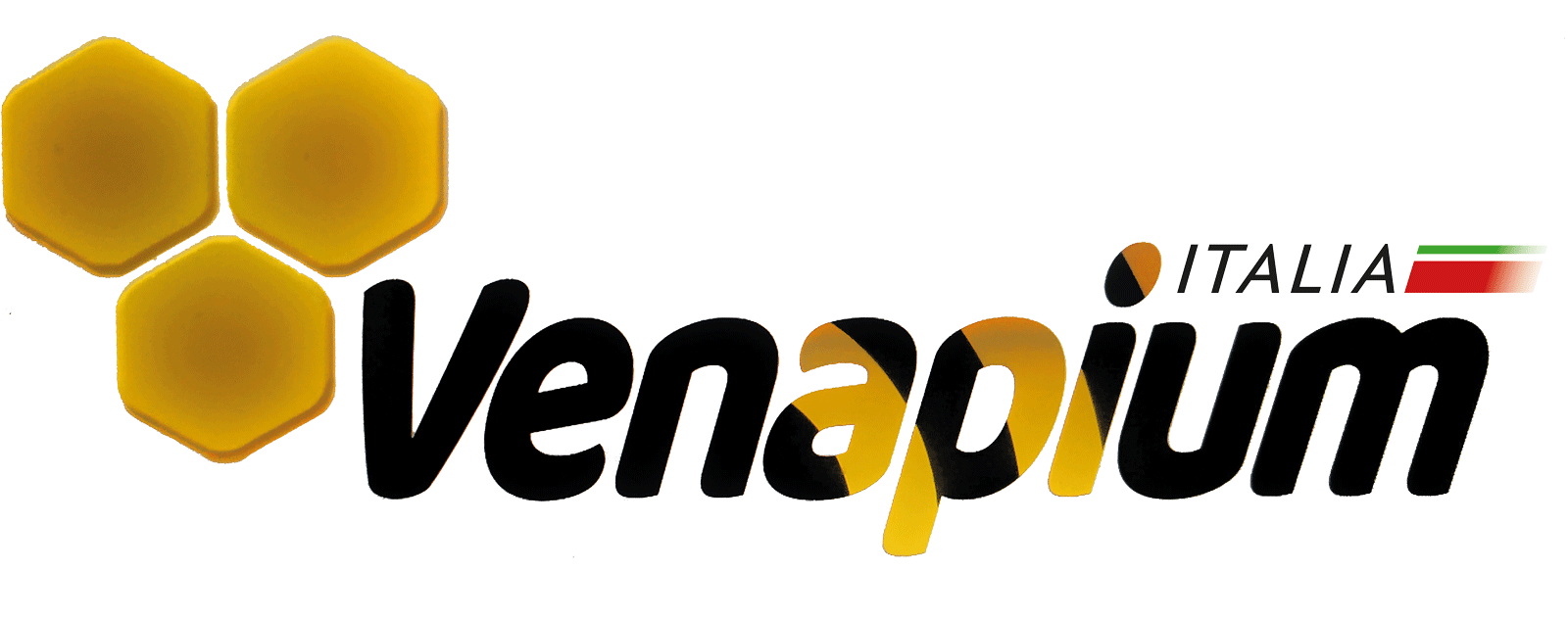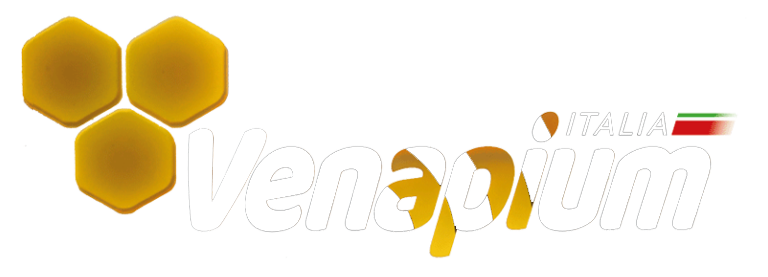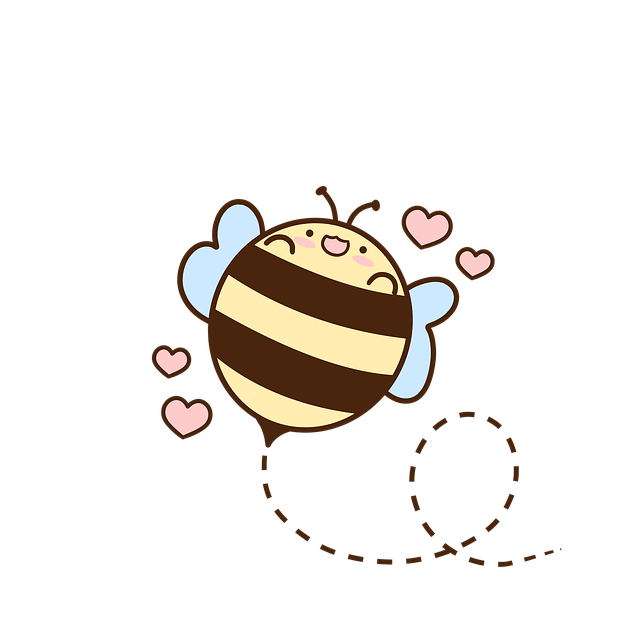
Venapium Italy
Home
What is bee venom?
Bee venom is a colorless substance produced by worker bees and the queen from birth. Bees produce the maximum quantity of 0.3 mg only on the 15th day of age, accumulating it in the so-called “venom sac” located at the end of the sting.
Poison has been used since ancient times when Hippocrates, father of medicine, in 400 BC. he was already using it and called it Arcanum.
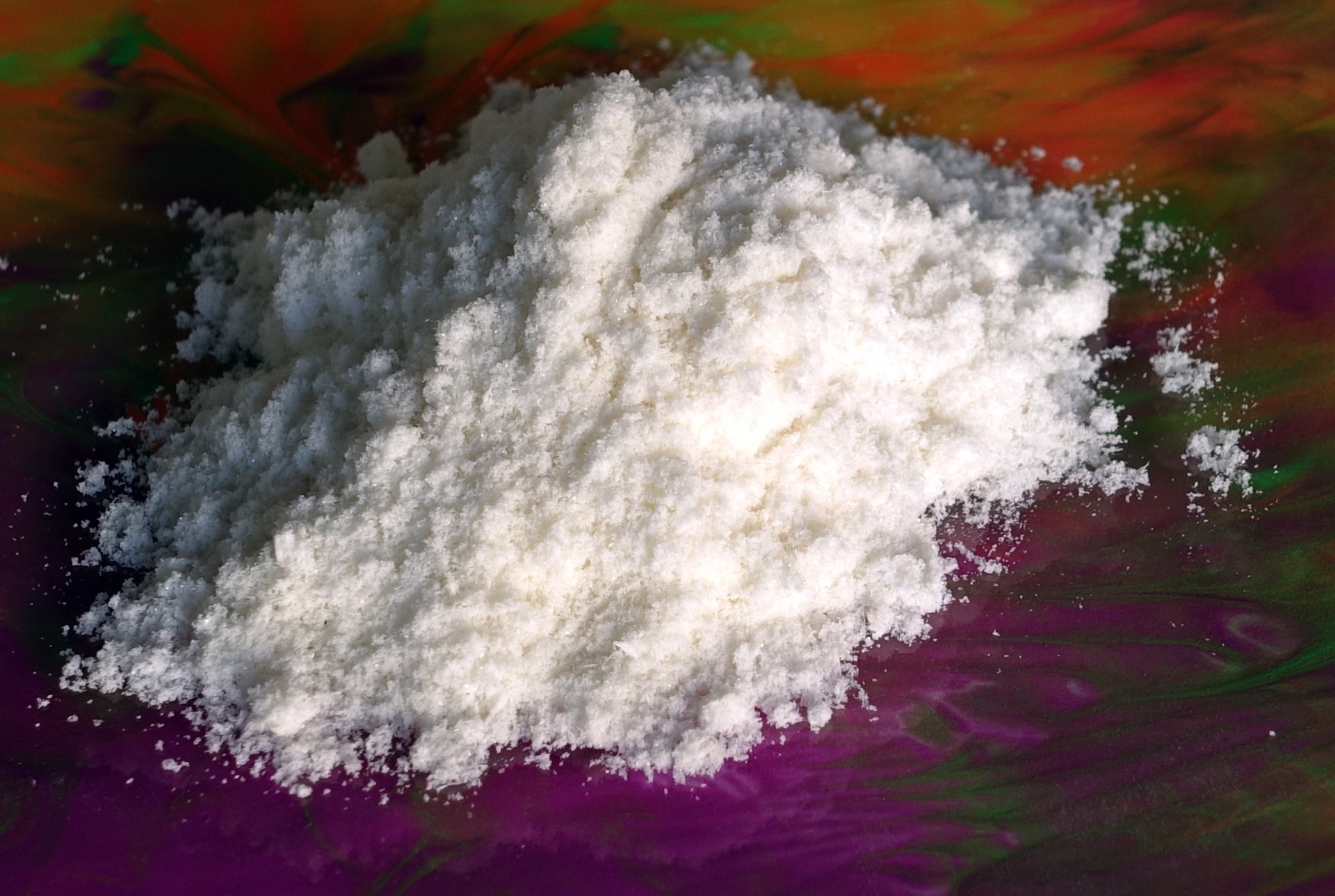
Eco sustainable production
Respect for bees
Certified analyses
A further Resource
Collecting poison requires healthy bees and is an additional resource that the beekeeper can use while respecting the well-being of the bees.
Bee Friendly
Thanks to our techniques, bees do not suffer any physical stress and maintain their biological and productive activity unchanged.
Analyses Certificate
We have entrusted our venom to laboratories specialized in apitoxin analysis, also obtaining all the certifications.
Results Excellent
After extensive experimentation, we have developed a method that allows us to obtain excellent quality poison.
A method Bio
We use biological techniques to respect the safety of these insects that are precious to our lives and indispensable to the environment in which we live.
Line of Production
Our poison, once collected, does not undergo manipulation and takes up small volumes.
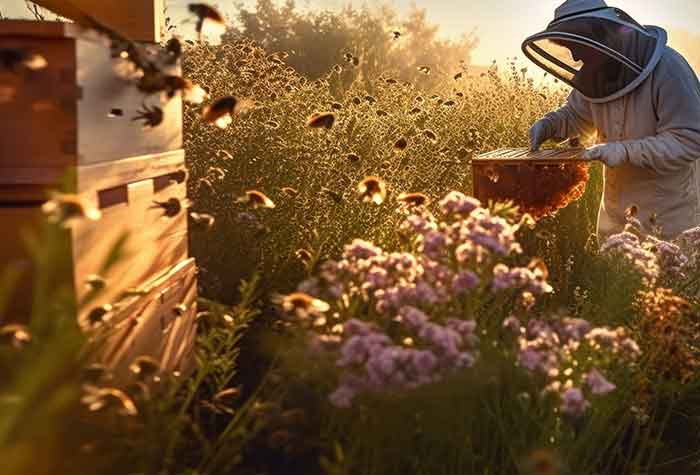
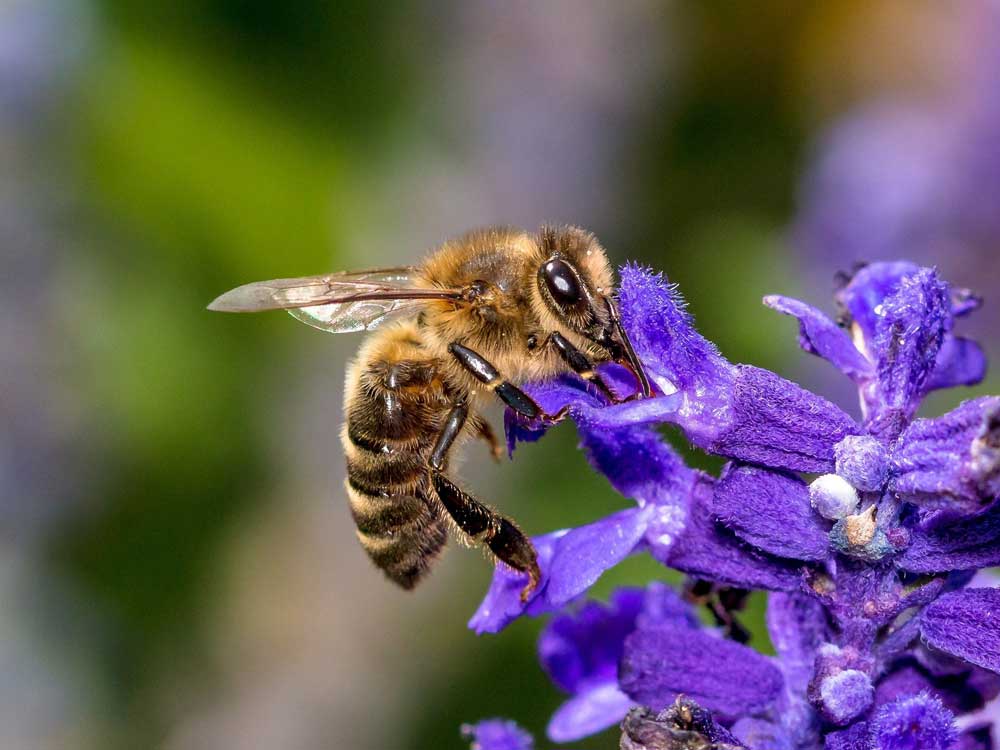
The most frequently asked questions
Fair observation. Bees die when they sting because they have a hooked stinger that gets stuck in the soft tissues of the victim. In this case, we urge them to sting a glass pane, so the sting is not retained and nothing happens to the bees. They are fundamental insects for our work. It would be foolish in all respects to harm them.

La raccolta del veleno viene effettuata senza l’utilizzo del fumo, alleato principale dell’apicoltore per calmare le api durante le visite all’alveare. This makes them a little more agitated than usual, which leads to approaching them with more caution and well dressed. Once the treatment is over, they return to being the calm bees they always were.

We have seen over years of sampling that production remains unchanged. Bees continue to perform their tasks with the same intensity.

Bee venom is that liquid compound that the bee injects when it stings.
Apitoxin is the component that crystallizes on the glass after the water and more volatile components have evaporated.

We normally let about 20 days elapse between collections so that the guard bees can renew themselves. It has been found, however, that with each withdrawal, the bee releases only a small part of the venom in its venom sac; the remaining part remains for it to continue performing its hive defense functions.

Poison is a very stable substance: in the dark, at - 20° C, it will keep for years. What you need to pay more attention to are UV rays, oxygen in the air and light.

Normally, with today's systems it takes about 12 -13 well-developed families to make one gram of poison.

Bees die when they sting. So will I lose my bees?

Do the bees become aggressive during and after the treatment?

Does normal production of honey, pollen or propolis decrease if subjected to venom sampling?

What is the difference between "poison" and "apitoxin"?

How frequently can the poison be extracted?

How long does poison last?

How many families does it take to make one gram of poison?

